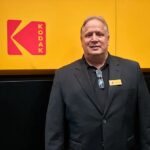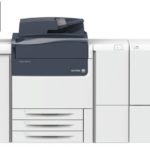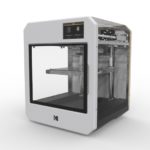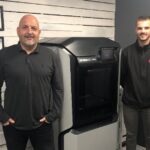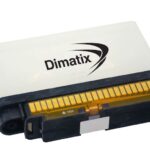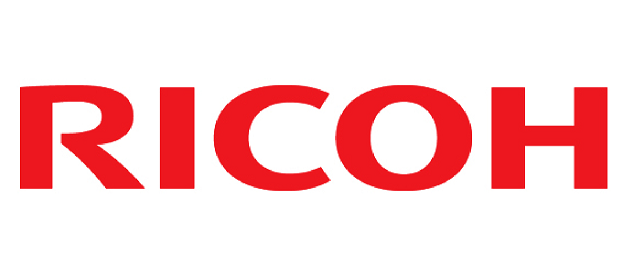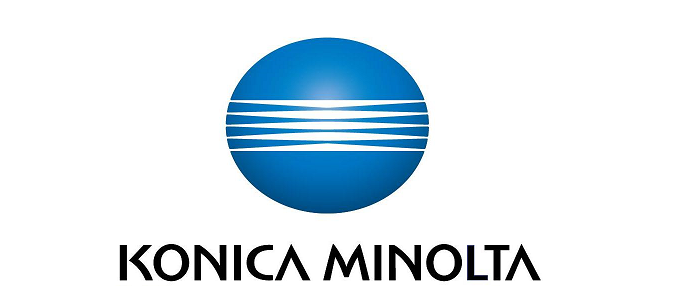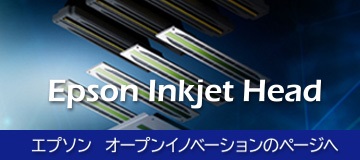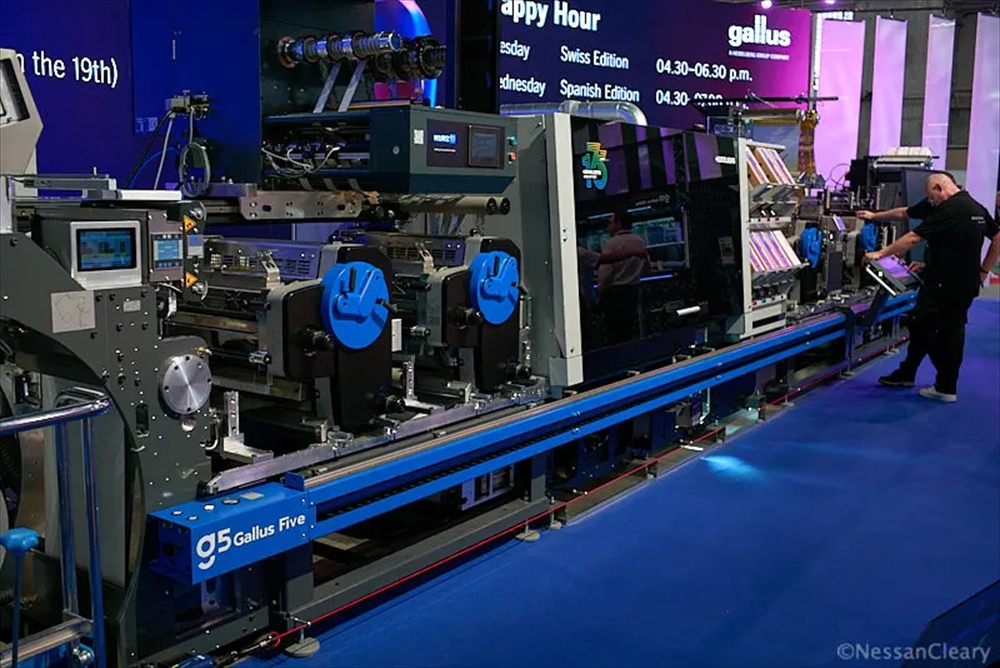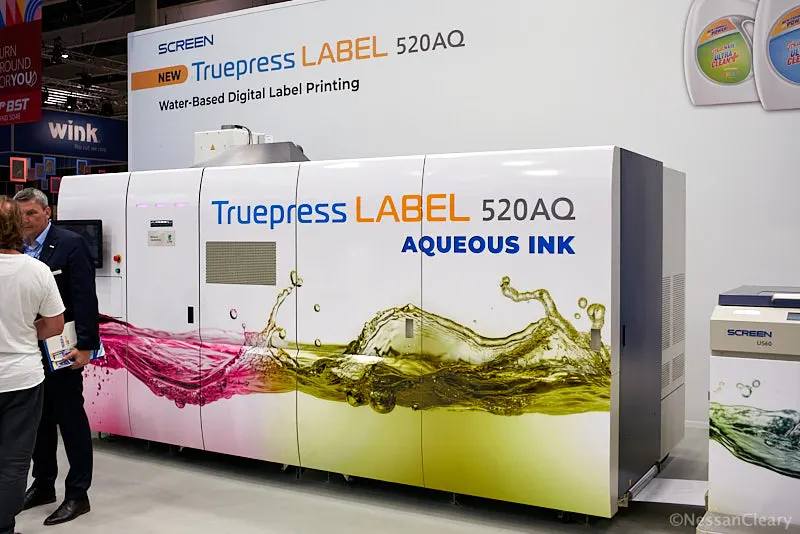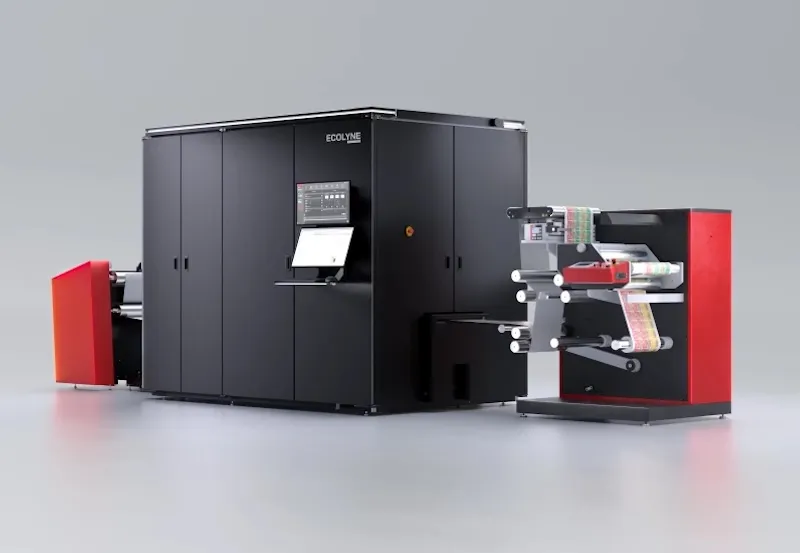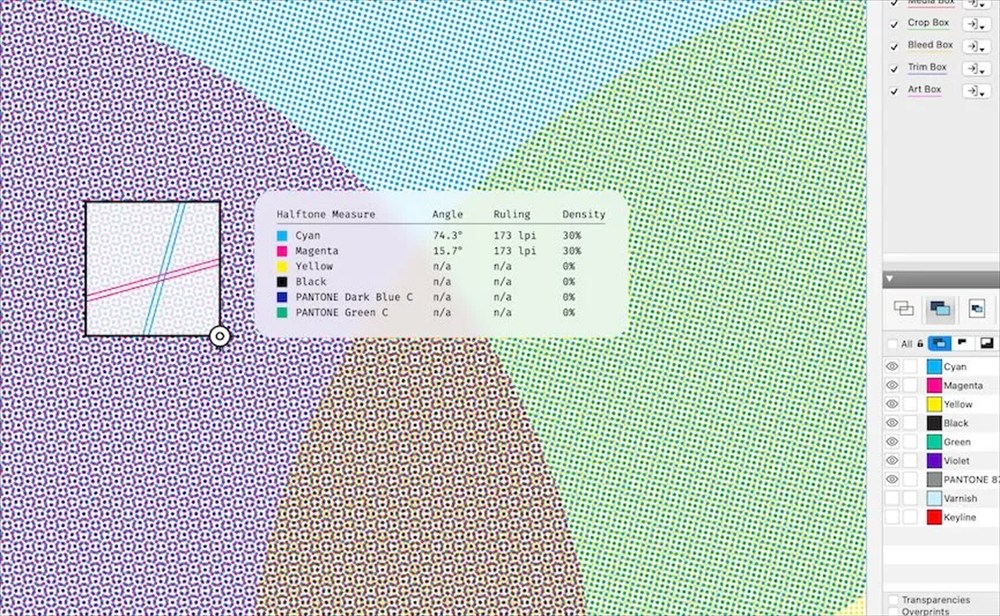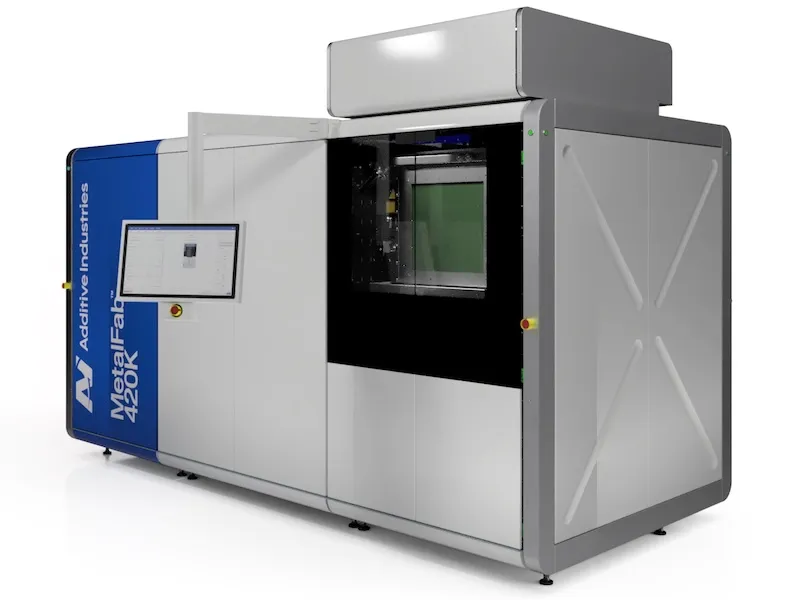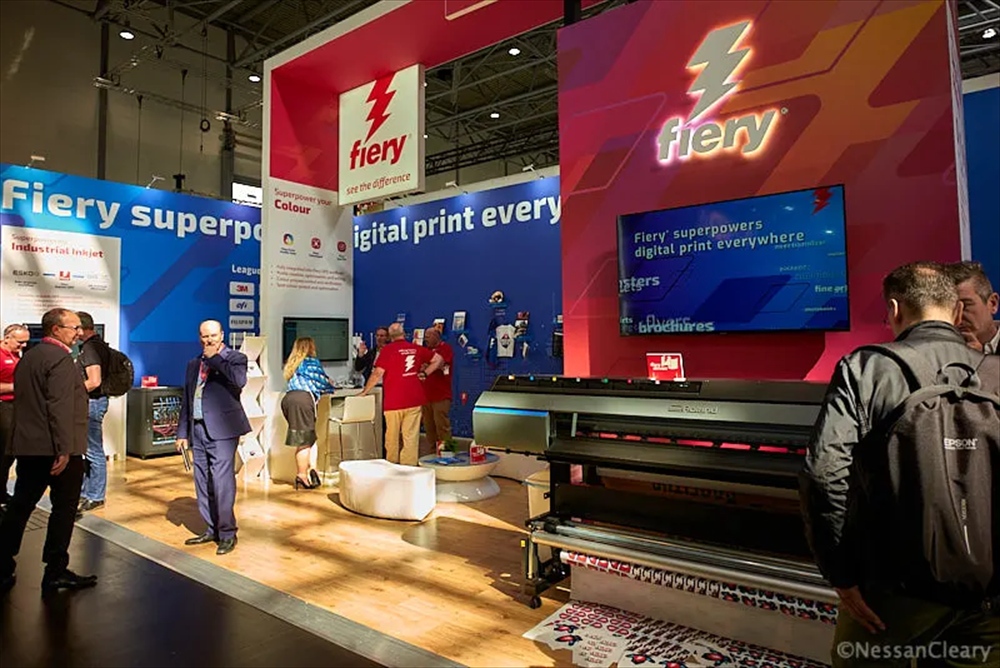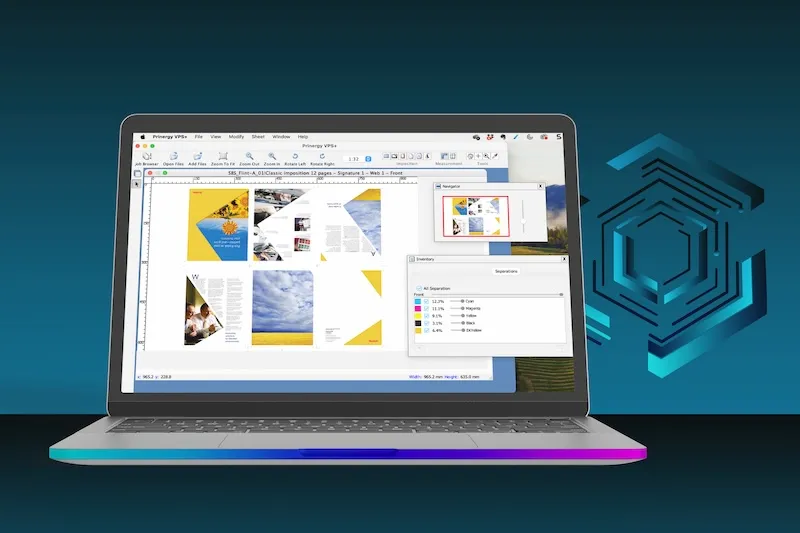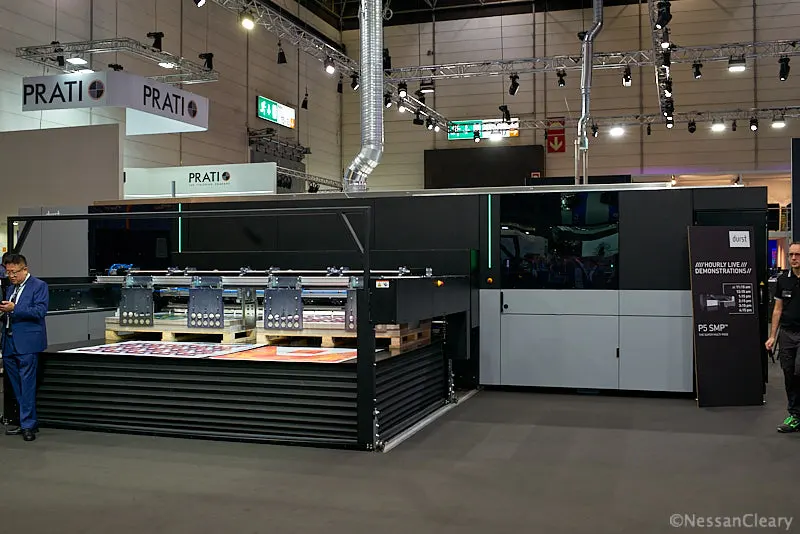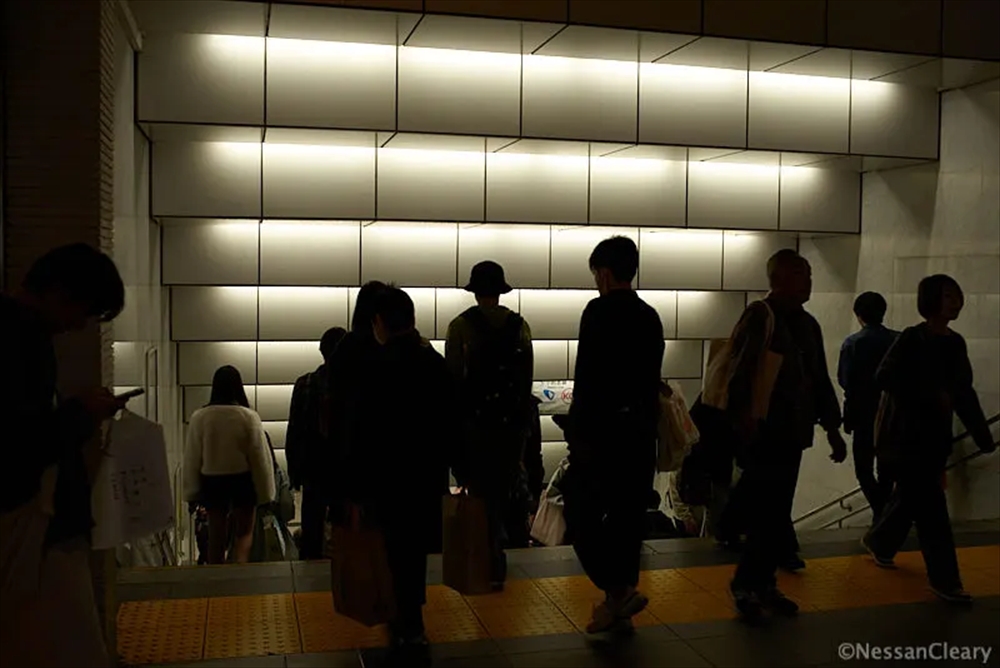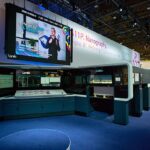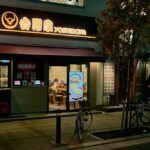- 2019-3-4
- Nessan Cleary 記事紹介
ゼロックスは、最近のインベスターデイの場で、の説明会昨年の劇的な役員室変更の後に続く戦略的イニシアチブと財務計画に関する詳細を発表しました。
Xerox outlines three-year strategy
Xerox used a recent Investor Day briefing to share details on its strategic initiatives and financial plans following on from last year’s dramatic board room changes.
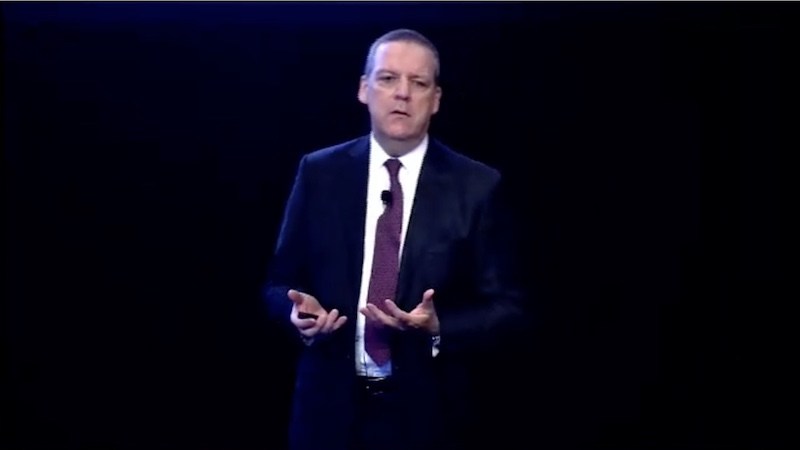
Jon Visentin, CEO of Xerox.
Xeroxの副社長兼 CEOである John Visentinは、Xeroxは次世代製品の開発に取り組んでいると述べています。「事業を簡素化し、継続的改善の文化を浸透させ、成長分野に投資し、新たな隣接市場機会に投資することで、 2021年までに 1株あたり 4ドル以上の調整後利益を含み、今後 3年間で 30億ドル以上の累積フリーキャッシュフローを提供しながら、2021年までに安定した増収を達成できると予想しています。 」
John Visentin, vice chairman and CEO of Xerox, said that the company is working to develop its next generation products: “By simplifying our operations, instilling a culture of continuous improvement, investing in growth areas and capitalizing on new and adjacent market opportunities, we anticipate that we can achieve flat to growing revenue by 2021, while driving continued annual adjusted earnings per share expansion, including at least $4 of adjusted earnings per share in 2020, and delivering over $3 billion of cumulative free cash flow over the next three years.”
現時点では、Xeroxは、プロジェクト・オウン・イットと呼ばれる再編計画にその期待をかけているようです。これは主に Xeroxがオペレーションを本来あるべき姿に単純化することです。 Xeroxの最高執行責任者 Steve Bandrowczakは、今年末までに 6億 4000万ドルの節約を実現することを期待していると語りました。「私たちはすでに持っているものを最適化し、すでに行った投資を活用しなければなりません。」その目的は、2021年までにさらに 825百万ドルを節約することであり、それはその時点で再投資するために現金を生み出すはずです。
For now, Xerox seems to be pining its hopes on its restructuring plan, called Project Own It, which mainly seems to be about simplifying the way that Xerox operates to remove problems that shouldn’t have been there in the first place. Steve Bandrowczak, chief operating officer for Xerox, said that the company is expecting to realise $640 million of savings by the end of this year, adding: “We have to optimize what we have and leverage the investment that we have already made.” The aim is for a further $825m savings by 2021, which should free up cash to reinvest at that point.
Bandrowczak氏は、サプライチェーンの最適化とサプライヤ数の合理化によし、もっと消すとダウンを図れると話しました。不思議なことに、彼は富士ゼロックスとの関係を「非常に良い」と説明し、「中断はなく、引き続き機能しています。重要なサプライヤという観点から、今後も関係を継続します。」と述べています。富士フイルムは昨年の買収の失敗の件で Xeroxを提訴し、また昨年 Xeronの現在の経営陣は富士ゼロックスとの契約を破棄し、他からプリンターを調達すると言っていたことを憶えておられるでしょう。しかし、おそらく Xeroxは、富士ゼロックスとのジョイントベンチャーから離れることの難しさを認識したのでしょう。これは、もともと昨年の買収を試みた論理的結末でした。
Bandrowczak talked about optimizing the supply chain and rationalizing the number of suppliers to get better discounts. Strangely, he described the relationship with Fuji Xerox as “very good” saying “We have had no disruptions and it’s continuing to work and we see that continuing in the future from a key supplier standpoint.” It’s worth remembering that Fujifilm has sued Xerox over the failure of its acquisition last year and that last year the current Xerox management has talked about abandoning the Fuji Xerox agreement and sourcing printers elsewhere. But perhaps Xerox has now realised the difficulty of walking away from the Fuji Xerox joint venture, which was after all the logic that originally drove last year’s attempted acquisition.
ゼロックスは、その収益の 70%を中小企業(中小企業)セクターに大きく依存しているため、この分野からより多くの収益を絞り出すために多大な努力を注いでいます。その一環として、既存の「MPS:Managing Print Service」を「ゼロックスインテリジェントワークプレースサービス」に変更する必要があります。これは基本的に、印刷と同時にデジタルサービスとクラウドベースのサービスを追加することを意味します。
Xerox is heavily reliant on the SMB (small and medium business) sector for something like 70 percent of its revenue so is putting a lot of effort into squeezing more revenue from this area. Part of this involves changing the existing Managing Print Service to Xerox Intelligent Workplace Services, which essentially means adding more digital and cloud-based services alongside the printing.
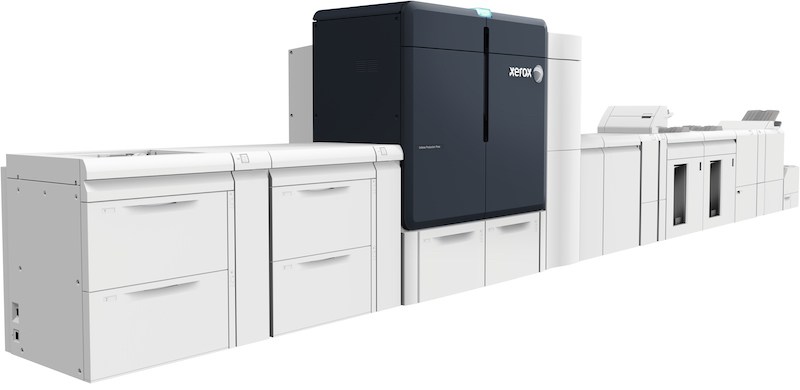
The Xerox Iridesse is a six colour dry toner press that can produce metallic effects in a single pass.
最高執行責任者(CEO)の Joanne Collins Smee氏は、次のように付け加えた。「私たちは、プロダクションカラープリントに革命を起こすことを検討しています…その分野では非常に高度な技術を持っています。」より安価な乾式トナー機のいくつかに。
Joanne Collins Smee, chief commercial officer, added: “We are looking at revolutionizing production colour print…we have very advanced technologies in that space.” Much of this seems to come down to adding the sort of enhancements that Xerox introduced with the Iridesse press to some of its less expensive dry toner machines.
ゼロックスはまた、その最も重要な資産である PARC R&Dセンターからも絞り出そうとしています。ここは、長年にわたって興味深いテクノロジーの全体を担ってきました。最高技術責任者(CTO)の Steve Hoover氏は、ゼロックスは新しい分野への発展を目指し、コア機能を超えて、4つの主要セクターを特定すると語りました。これには、パッケージ向けデジタル印刷が含まれます。Hoover氏は次のように述べています。「現在、デジタル印刷を行うための技術において、材料は広く普及するには高価すぎ、プラスチックやホイルなどの包装材に印刷する機能は従来の技術では困難です。」
Xerox is also trying to squeeze its most important asset – the PARC R&D centre that’s been responsible for a whole host of interesting technologies over the years. Steve Hoover, chief technology officer, said that Xerox is looking to develop into new areas, beyond its core capabilities identifying four main sectors. This includes digital print for packaging, with Hoover noting: “Currently, the technologies to do digital print, the materials are too expensive to get broad penetration, and the ability to print on packaging materials like plastics and foils are hard for the traditional technologies to print on.”
そこで Xeroxは、ユーザーが広範囲の素材に印刷できる新しい印刷技術の開発に取り組んでいます。 Hoover氏は、ゼロックスは初期のパートナーをいくつか定義しており、その技術を他のプレイヤーにライセンス供与することを検討していると述べていますが、現時点ではこのプロジェクトはまだ実験段階にあります。
So Xerox is working to develop a new print technology that allows users to print to a broad range of materials. For now this project is still at the lab stage, although Hoover says that Xerox has defined some early partners and is looking to license the technology to other players.
Xeroxはまた、見積もり依頼を含め、契約を作成するために AIアシスタントを使用するアプリケーションを開発することもチャンス見ています。
Xerox also sees an opportunity to develop applications that use AI assistants for drawing up contracts, including requests for quotes.
モノのインターネット(IoT)もゼロックスの目を引きました。Hoover氏は多くの人がモノのインターネットの考えに興味を持っているが、より多くのセンサーを必要としているが、安く消費電力が少ないセンサーが供給されてはいないということを指摘しています。 IoTが必要な潜在的な用途は、有害ガスの検知から食品や医薬品が腐敗したかどうかの検出、あるいはパッケージを開封したときにブランドが顧客とやり取りすることを可能にするスマートパッケージングまであります。Hoover氏は、次のように付け加えています。「PARCの小型化には長い歴史があります。小型のレーザーダイオードによって、レーザープリンタを可能にしたのです。」
The Internet of Things has also caught Xerox’s eye, with Hoover pointing out that many people are interested in the idea of the Internet of Things but that it requires more sensors, and many of those are not there yet at the low cost and low power that IoT needs. The potential applications range from sensing hazardous gases to detecting if foods or drugs have been spoiled or even smart packaging that allows brands to interact with their customers when they open the package. Hoover adds: “PARC has a long history in miniaturization. It’s what made the laser printer possible, with the small laser diode.”
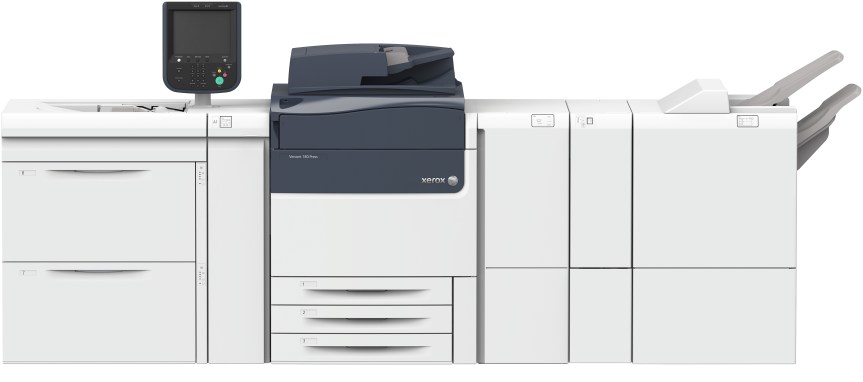
Xerox has launched this Versant 180 with improved capacity and automation.
Hoover氏はまた、ゼロックスが 3Dプリントに取り組んでいるとも述べています。これについては、今週の別の記事で取り上げます。おそらくこれらの個々の概念よりもっと重要なことは、ゼロックスはそれらの技術が実験室で開発されているとしても、技術だけでなく、その周りのビジネスモデルを開発することに取り組んでいることでしょう。Hoover氏は、次のように説明しています。「私たちは、ベンチャー(スタートアップ)がやっているのと同じように新しいオペレーションモデルを開発しています。これには、開発するべきテクノロジの特定、およびそれらが更なる資金調達に値するかどうかを判断するためのマイルストーンの確立が含まれます。」
Hoover also says that Xerox is working on 3D printing, which I’ll cover in a separate story this week. Perhaps more importantly than these individual concepts, Xerox is also working to develop the business models around the technologies, even as those technologies are being developed in the lab. Hoover explained: “We are putting together a new operating model that’s really like the way a start-up operates. This includes identifying technologies to develop, and establishing milestones to determine if they merit further funding.”
この一部として、Xeroxは実際に独自のキットを構築して販売するのではなく、「Powered by Xerox」タグを使用して他のベンダーにライセンスを供与することによって、基盤となるテクノロジの一部を活用する計画も明らかにしました。フーバー氏は、これは「高価値コンポーネントを販売するクアルコムのようなビジネスモデルのようなものであり、IPや他の人々もそれを製品に埋め込む」と述べ、「Powered by Xerox」のアイデアです。場合によっては、製品全体を自分で販売することもできますが、リスクを減らし、投資を減らし、市場投入までの時間を延ばし、非常に強力な利益を得ることができるため、この種のビジネスモデルを実際に検討します。私たちの投資に。」
As part of this Xerox has also unveiled a plan to leverage some of its underlying technology by licensing it to other vendors with a ‘Powered by Xerox’ tag as opposed to Xerox actually building and selling its own kit. Hoover says that this is “like a Qualcomm kind of business model where you sell a high value component or even the IP and other people embed that in the product, which is the idea of ‘Powered by Xerox’.” He explained: “We may decide in certain cases to take the entire product to market ourselves but we are going to really look at that kind of business model because it lowers the risk and lowers the investment and increases the time to market and allows us to get a really strong return on our investments.”
基本的に、ゼロックスは困難な企業を救うための標準的な企業プレイブックに従っている。それは主にコスト削減と既存資産の発汗からなる。しかし、ゼロックスの場合、コスト削減はもう少し深く行わなければならなくなるだろう。 Visentin氏はこの問題を次のように説明しています。私達と取引するのは困難でした。私達のサプライチェーンは改善することができます。私たちの研究開発、私たちの革新、私たちのソフトウェア事業、それは製品事業で失われました。私たちの戦略的な変革は、収益には決して及ばなかったのです。」
Essentially, Xerox is following the standard corporate playbook for rescuing a company in difficulty, which mainly consists of cutting costs and sweating the existing assets. But in Xerox’s case the cost cutting is going to have to go a little deeper. Visentin described the problem: “We had a complex operating model. We were difficult to do business with. Our supply chain can be improved. Our R&D, our innovation, our software businesses, it was lost in a product business. Our strategic transformations never flowed through to the bottom line.”
それにもかかわらず、これらのすべてに実際の驚きはありません。ゼロックスをカバーしてきた数年の間に、私はいつも輝かしい人々と賢いアイデアが同じ鈍いファクシミリに成形されているという、まったく柔軟性のない企業文化に悩まされてきました。仕事をするが会社を進歩させることはなく、ヨーロッパでは誰も米国の母権を振り返ることなく簡単な質問に答えることができるようには思われない。
And yet, no real surprises in all this. In the years that I’ve been covering Xerox I’ve always been struck by its utterly inflexible corporate culture, where bright people and clever ideas are moulded into the same dull facsimile, where there are endless layers of management ticking boxes and safeguarding their own jobs but without in any advancing the company, and no one in the European operations seems capable of answering simple questions without referring back to the US mothership.
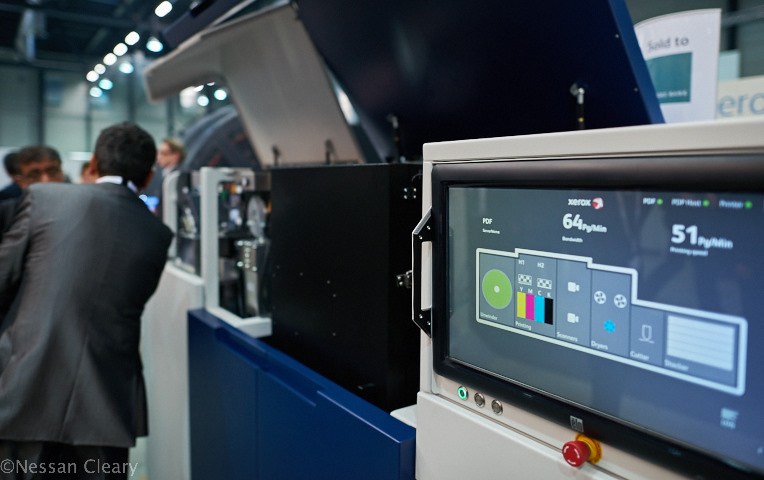
Xerox has used technology from Impika to develop printers such as this Rialto 900, a roll to sheet inkjet.
プレゼンテーション全体の中で最も興味深い部分は、Xeroxが取り組んでいる新技術とそれらで儲けるための彼らの取り組みについての Hoover氏の議論でした。しかし、それはまたゼロックスが今使用できる実際の技術がないことも表沙汰にしています。また、開発中であっても研究開発を収益化するための努力は、投資家をその気にさせてしまう可能性があるため、実際には(時間をかけずに)新たな収益源を見つけることが急務であることも示しています。繰り返しになりますが、ゼロックスは長年にわたって PARCから出てきたいくつかの発明で儲けてきたわけではないということはもう皆が知っていることです。
By far the most interesting part of the whole presentation was Hoover’s discussion of the new technologies that Xerox is working on and their efforts to monetise those. But is also covers up the lack of actual technologies that Xerox can use right now. And the effort to monetise the R&D even as it’s being developed, which might excite the investors, does also point to a certain urgency to find new revenue streams. Then again, Xerox has not always reaped the benefits of some of the inventions that have come out of PARC over the years so there is some common sense in this.
新しい技術の中には本当にエキサイティングに思えるものもありますが、私のような昔ながらの懐疑論者が抱える問題は、私たちが以前にそういうシーンを見たことがあると思ってしまうということです。何年か前に私がエキサイティングな新しい印刷技術、ラボでいろいろやっているうちに、それが水なしの生産用インクジェットシステム(PIS)となることがわかったという話 – でも、それは実現なかったですよね。
Some of the new technologies seem genuinely exciting but the problem with old-fashioned sceptics hacks like me is that we’ve seen it all before. So I remember a similar presentation some years ago of an exciting new print technology, another glimpse into the magical stuff that the boys in the lab were cooking up, and that turned out to be the waterless Production Inkjet System (PIS) – I’ll bet not many of you bought one of those babies.
結局、ゼロックスは、当時はおそらく最もワクワクして革新的な会社で、高速シングルパスインクジェット生産プリンターを開発していた Impikaを買収して、そのインクジェットポートフォリオのギャップを埋めました。ゼロックスがこれらのインクジェット機のいくつかを販売し販売しているのは事実ですが、Impikaが持っていた尖った明るい見込みは、ゼロックス文化によって大部分が丸くつまらないものになってしまったのです。
In the end Xerox patched the gap in its inkjet portfolio by buying Impika, which at the time was probably the most exciting and innovative company developing high speed single pass inkjet production printers. It’s true that Xerox has gone on to market and sell some of those inkjet presses but the bright promise that was Impika has mostly been smothered by that Xerox culture.
結局、ゼロックスにとっての課題は、コストを削減し、株主に配当を提供することではなく、ゼロックスの文化を完全に変え、ゼロックスを注目に値する会社にした、まだ燃えているかもしれない火花が、何層かの管理層の下に隠されているかどうかを見ることです。
So in the end, the challenge for Xerox is not so much to cut costs and deliver dividends to the shareholders but to completely change the culture of Xerox and to see whether or not somewhere, hidden deep beneath the many bloated layers of management, the original spark that made Xerox an exciting company worth watching might yet still be burning.



